Turkey tail mushroom (Trametes versicolor) has earned its place as one of the most popular medicinal mushrooms worldwide, prized for its immune-boosting properties and potential health benefits. While abundant in forests across North America, Europe, and Asia, identifying the true turkey tail can be challenging due to several convincing lookalikes. This comprehensive guide will walk you through the key identification features that distinguish authentic turkey tail mushrooms from imposters.
What is Turkey Tail Mushroom?
Turkey tail mushroom, scientifically known as Trametes versicolor (formerly Coriolus versicolor or Polyporus versicolor), is a common polypore fungus that grows on dead or dying hardwood trees and logs. It's appropriately named for its striking resemblance to a wild turkey's fanned tail feathers, with colorful, concentric bands decorating its cap.
In traditional Chinese medicine, turkey tail has been used for centuries as a health tonic. Modern research has focused on its immune-supporting compounds, particularly the polysaccharides PSK (polysaccharide-K) and PSP (polysaccharide peptide), which have shown promising results in various studies.

Turkey Tail Mushroom Identification: The 6-Point Checklist
Let's explore the key identifying features of true turkey tail mushrooms. For an accurate identification, the specimen should meet all of these criteria:
1. Growth Habitat
Where it grows: Turkey tail mushrooms are exclusively wood-decomposing fungi. They appear on:
- Dead hardwood logs and stumps
- Fallen branches
- Occasionally on living but weakened deciduous trees
- Rarely on conifer wood
Turkey tail fungi never grow directly from the ground. If you spot what looks like turkey tail emerging from soil, it's either growing on buried wood or is a different species altogether.
Growth pattern: They typically grow in overlapping clusters or shelves, sometimes forming large colonies with dozens or even hundreds of individual fruiting bodies.
2. Cap Structure and Size
Shape: Turkey tail caps are:
- Fan-shaped, semicircular, or kidney-shaped
- Thin (typically 1-3mm thick)
- Flexible when fresh, becoming more rigid when dry
- Stemless, attaching directly to the wood substrate
Size: Individual caps generally measure:
- 2-8 cm (1-3 inches) across
- Up to 5 cm (2 inches) in depth from attachment point to outer edge
True turkey tails are relatively small mushrooms. If what you're looking at is substantially larger or thicker than these measurements, it's likely not turkey tail.
3. Top Surface Patterns and Texture
Perhaps the most distinctive feature of turkey tail is its colorful, zoned cap:
Zoning pattern:
- Distinct concentric zones of different colors
- Typically 5-12 visible color bands radiating outward
- Each band may have a slightly different texture (velvety or smooth)
- Outer edge (margin) is always the lightest in color, typically white or cream
Color variations:
- Browns (cinnamon, chocolate, tan)
- Grays (silver, slate, charcoal)
- Blues (indigo, steel blue)
- Occasional reds, oranges, or purples
- Greens (usually from algae growing on older specimens)
Texture:
- Velvety or finely hairy surface
- Fine, soft fuzz that can be felt by gently rubbing the cap
- Slight sheen or silky appearance in the right light
The texture is an important identification factor. Run your finger across the cap—it should feel like soft velvet, not slick or slimy.
4. Underside Pore Surface
This is the single most important feature for distinguishing true turkey tail from lookalikes:
Pore characteristics:
- Undersurface is white to cream colored when fresh (may become tan or light brown with age)
- Covered with tiny, uniform pores (not gills or teeth)
- Pores are barely visible to the naked eye (3-8 pores per millimeter)
- Gives a smooth appearance from a distance but clearly pored when examined closely
A helpful test: If you place the tip of a ballpoint pen against the pore surface, you should see multiple pores within the pen's diameter.
5. Flesh Characteristics
When cut or torn, note these characteristics:
Flesh:
- Very thin (1-3mm)
- White to cream colored
- Flexible but tough, with a leathery texture
- Does not bruise or change color when damaged
- No distinctive odor or mild mushroom smell
6. Spore Print
If you're still uncertain after checking the above features, make a spore print:
- Collect a fresh specimen
- Place the pore surface down on white paper
- Cover with a bowl and leave overnight
- True turkey tail produces a white to pale cream spore print
Common Turkey Tail Lookalikes
Several mushrooms can be mistaken for turkey tail. Here's how to tell them apart:
False Turkey Tail (Stereum ostrea)
This is the most common turkey tail impostor.
How to distinguish from true turkey tail:
- Underside is smooth with no pores (this is the definitive difference)
- Often has a yellowish or tan underside rather than white
- Typically curves upward at the edges more dramatically
- Often hosts green algae on its surface
- More rigid, even when fresh
False turkey tail isn't considered toxic but doesn't contain the same medicinal compounds as true turkey tail.
Violet-Toothed Polypore (Trichaptum biforme)
How to distinguish from true turkey tail:
- Underside has tooth-like or maze-like structures instead of round pores
- Purple to lilac colored outer margin and often a purple tint on the underside
- Often grows on birch and other specific hardwoods
- Generally thinner than turkey tail
Multicolor Gill Polypore/Birch Mazegill (Lenzites betulina)
How to distinguish from true turkey tail:
- Underside has gill-like or maze-like structures instead of pores
- More rigid texture
- Often larger than turkey tail
- Typically grows on birch trees
Other Trametes Species
Several other Trametes species look similar to turkey tail, including:
- Trametes hirsuta (Hairy Bracket)
- Trametes pubescens (Velvet-top Fungus)
- Trametes ochracea (Ochre Bracket)
These all have pores but differ in subtle ways:
- Larger pores (1-3 pores per mm vs. 3-8 pores per mm in true turkey tail)
- Less distinct color zonation
- Often thicker and more robust
- May have monochromatic rather than multicolored caps
While these species may have some medicinal value, they aren't the well-studied Trametes versicolor.
The "Totally True Turkey Tail Test"
Mycologist Michael Kuo developed a simple field test for turkey tail identification that combines the key features above:
- Check the underside—it must have visible pores (not smooth, not gilled, not toothed)
- Confirm the pores are tiny (3-8 pores per mm)
- Verify the cap is velvety or finely hairy to the touch
- Look for distinct, multicolored concentric zones on the cap
- Check that the mushroom is thin and flexible when fresh
- Confirm it's growing on dead wood
If your specimen passes all six checks, you've found true turkey tail mushroom!
Seasonal Availability
While turkey tail can be found year-round in most climates, the best time to forage for them is:
- Peak season: Fall through spring
- Best quality: After rain when they're fresh and flexible
- Availability: Can persist for months on logs, but older specimens lose medicinal potency
Older specimens often develop green algae on their caps, making them less desirable for medicinal use.
Collecting Turkey Tail Mushrooms
If you decide to harvest turkey tail for personal use, follow these guidelines:
Ethical Harvesting Practices
- Harvest only a portion of what you find (no more than 1/3 from any single colony)
- Leave smaller specimens to mature
- Cut rather than tear from the wood to minimize damage
- Focus on fresh, vibrant specimens without green algae
- Don't collect from polluted areas (roadsides, industrial zones)
What to Bring
- A knife or scissors for clean cutting
- A breathable basket or cloth bag (avoid plastic)
- A small brush for gentle cleaning
- A field guide or identification app for reference
Processing Your Harvest
- Clean gently with a soft brush to remove debris
- Dry thoroughly (either air-dry or use a food dehydrator on low heat)
- Store in sealed glass containers away from light and moisture
- Label with date and location

Using Turkey Tail Mushrooms
Turkey tail mushrooms are too tough and leathery to be eaten directly but can be prepared in several ways:
Tea Preparation
The most common method:
- Break 4-5 dried turkey tails into small pieces
- Simmer in 4 cups of water for at least 1 hour (longer for stronger tea)
- Strain and add honey or other flavorings if desired
- Drink 1-2 cups daily
Powder Method
- Dry thoroughly
- Grind in a coffee or herb grinder
- Add to smoothies, soups, or encapsulate for supplements
- Typical dose: 1-2 teaspoons daily
Dual-Extraction Tincture
For more complete extraction of both water-soluble and alcohol-soluble compounds:
- Simmer mushrooms in water for 2 hours
- Strain and save the liquid
- Soak the mushrooms in food-grade alcohol for 2-4 weeks
- Strain and combine with the water extract
- Typical dose: 30-60 drops, 1-3 times daily

Safety Considerations
While turkey tail is generally considered safe, keep these precautions in mind:
- Always be 100% certain of your identification before consumption
- Start with small amounts to check for personal sensitivities
- Consult with a healthcare provider before using, especially if on medications
- Not recommended during pregnancy or breastfeeding without medical supervision
- People with mushroom allergies should avoid turkey tail
- Wild-harvested mushrooms may contain environmental contaminants
Final Identification Tips
- When in doubt, check the underside—this is the definitive feature
- Compare multiple specimens, as appearance can vary
- Use a magnifying glass to examine the pore surface
- Take photos from multiple angles for later reference or expert confirmation
- Join local mushroom foraging groups to learn from experienced hunters
Remember that no lookalikes of turkey tail are known to be toxic, so the risk of misidentification is primarily missing out on the medicinal benefits rather than a safety concern.
Conclusion
Turkey tail mushroom identification requires attention to detail, but with practice, you'll confidently distinguish this medicinal powerhouse from its lookalikes. The distinctive combination of colorful, zoned caps, velvety texture, and tiny pores makes turkey tail one of the most recognizable fungi in the forest once you know what to look for.
Whether you're foraging for medicinal purposes or simply appreciating the biodiversity of your local woods, finding and correctly identifying turkey tail mushrooms connects you to a tradition of natural healing that spans centuries and cultures around the world.
Disclaimer: This guide is for educational purposes only. Always consult with a healthcare professional before using any wild-harvested fungi for medicinal purposes. When foraging, never consume any mushroom unless you are 100% certain of its identification.

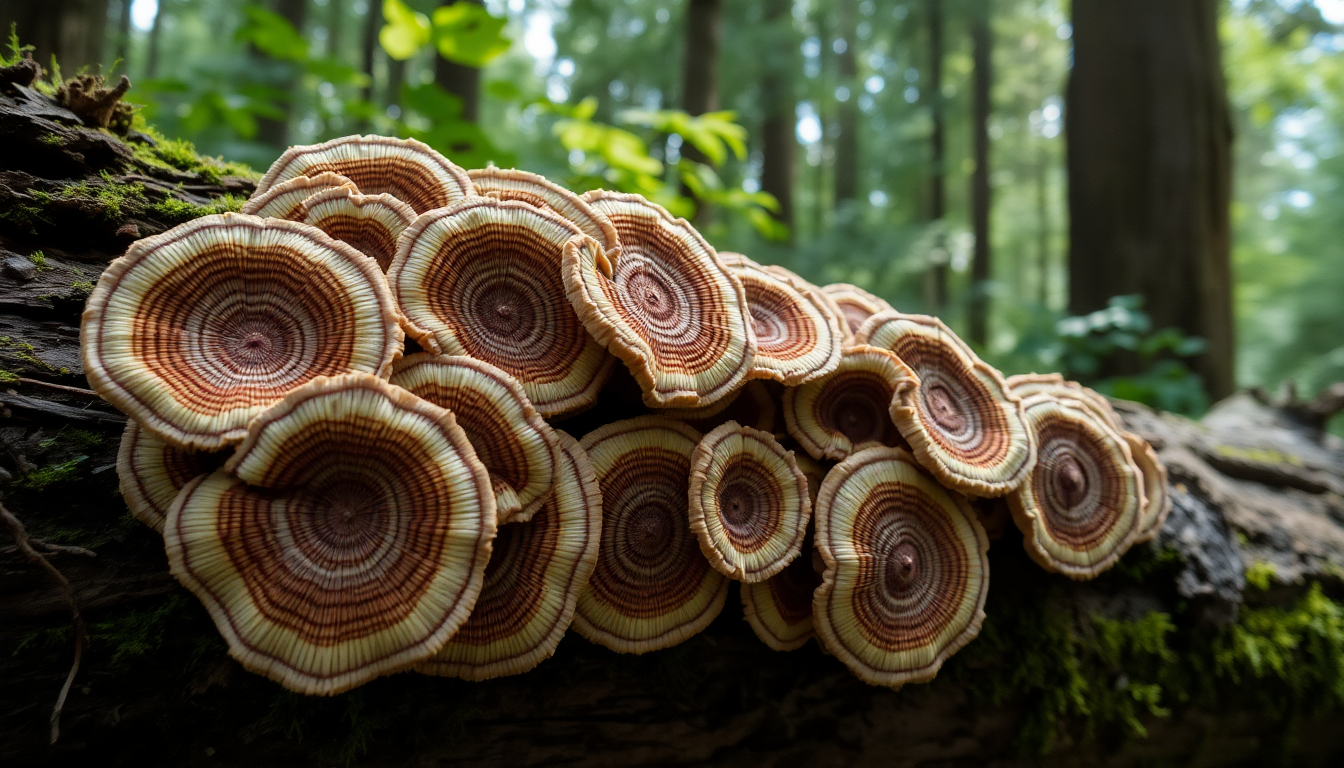
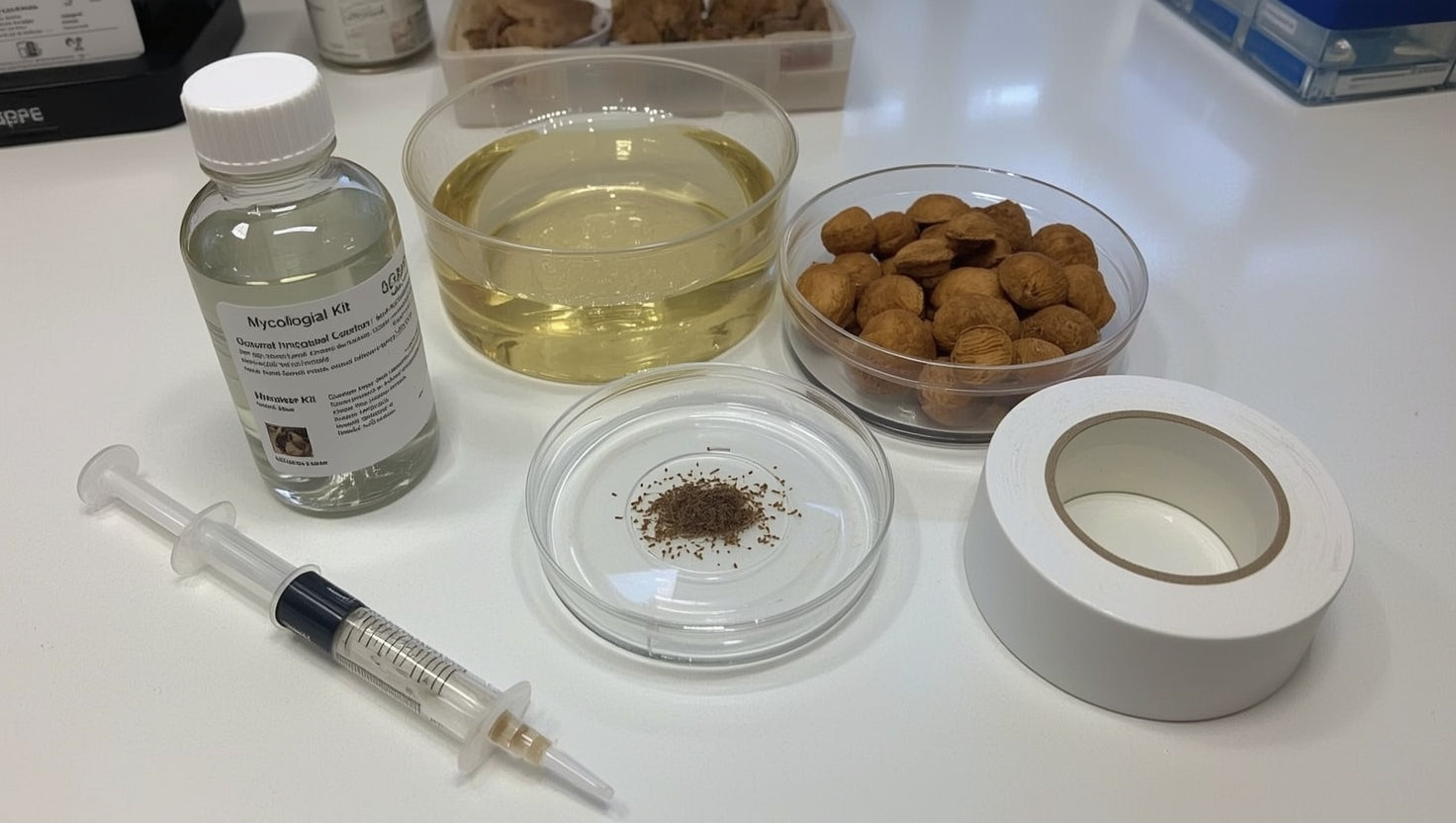
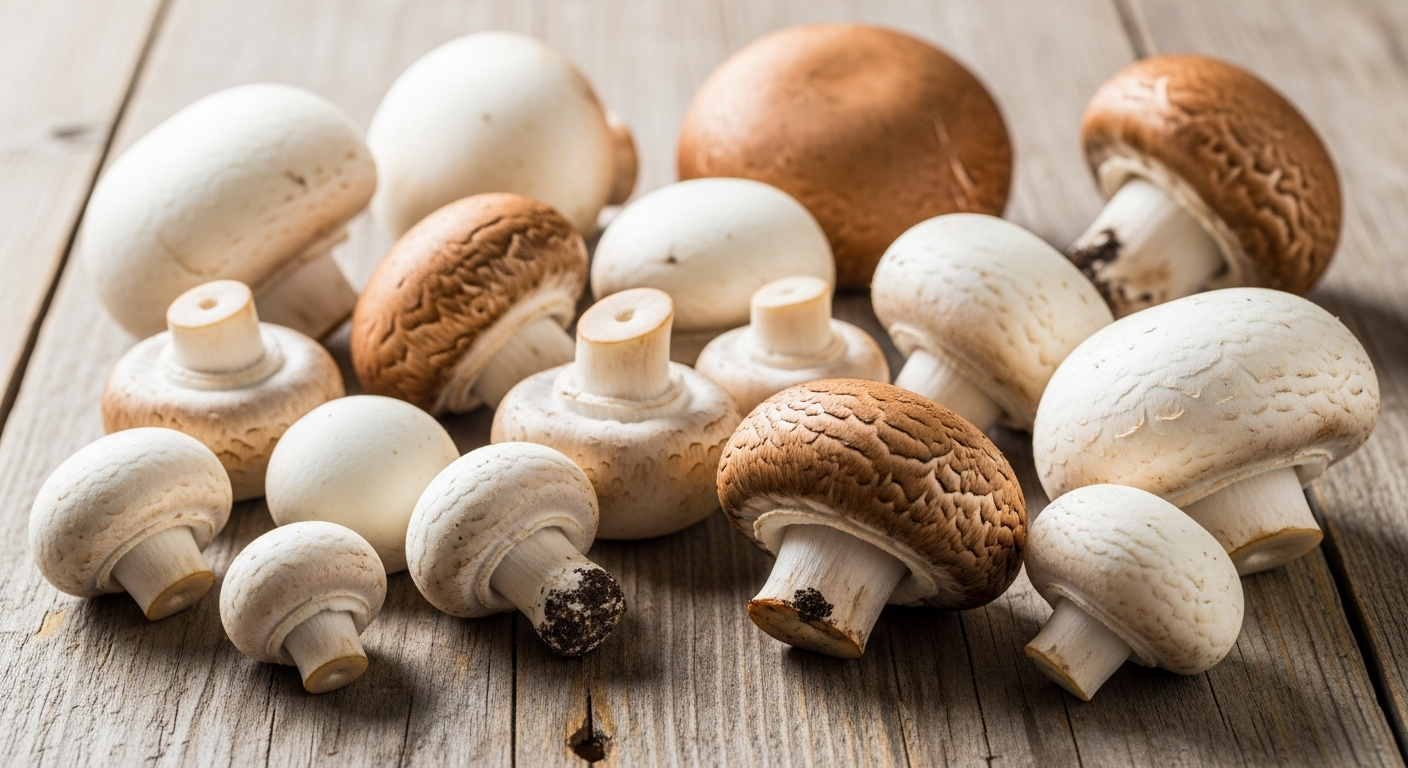
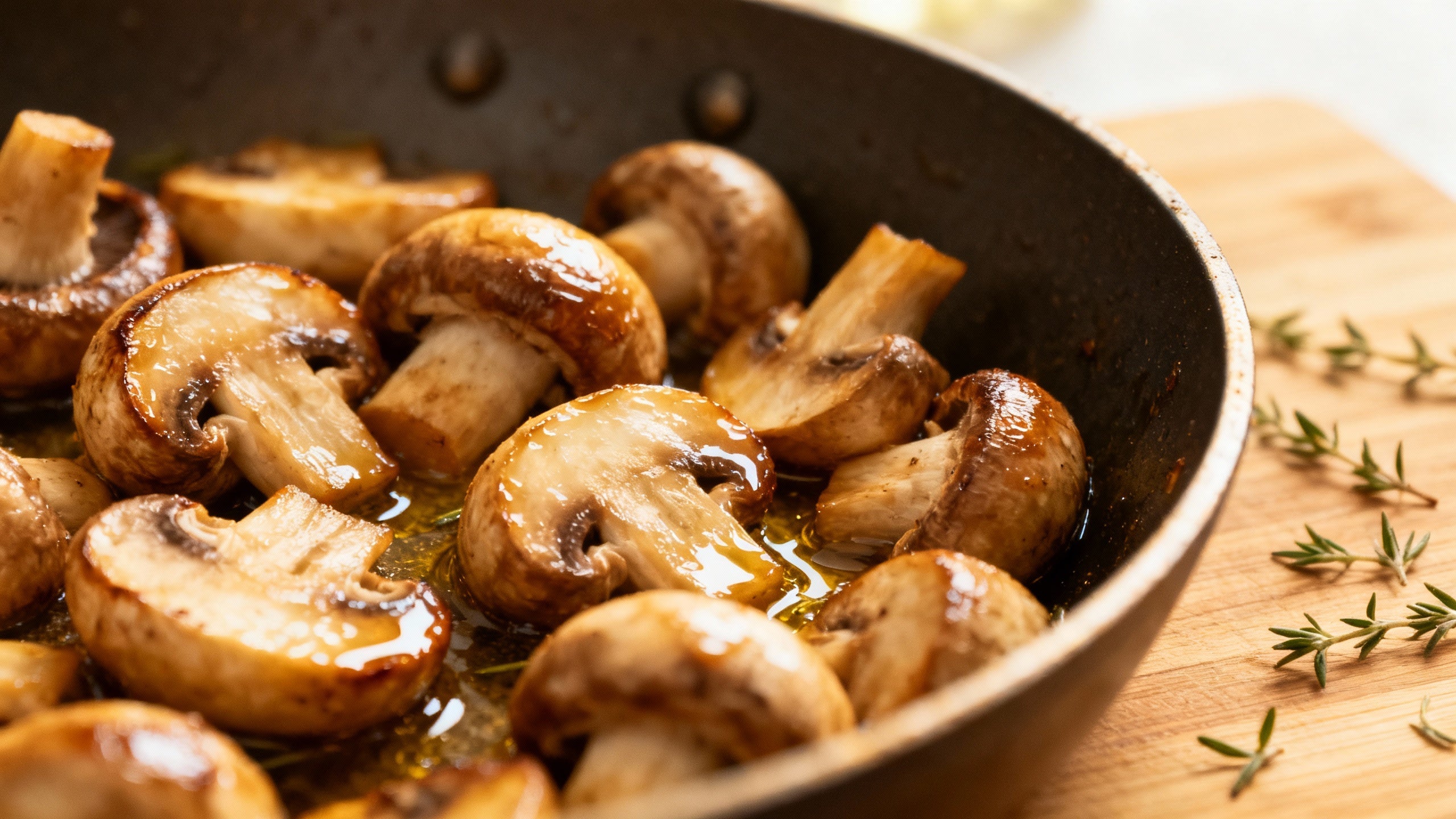
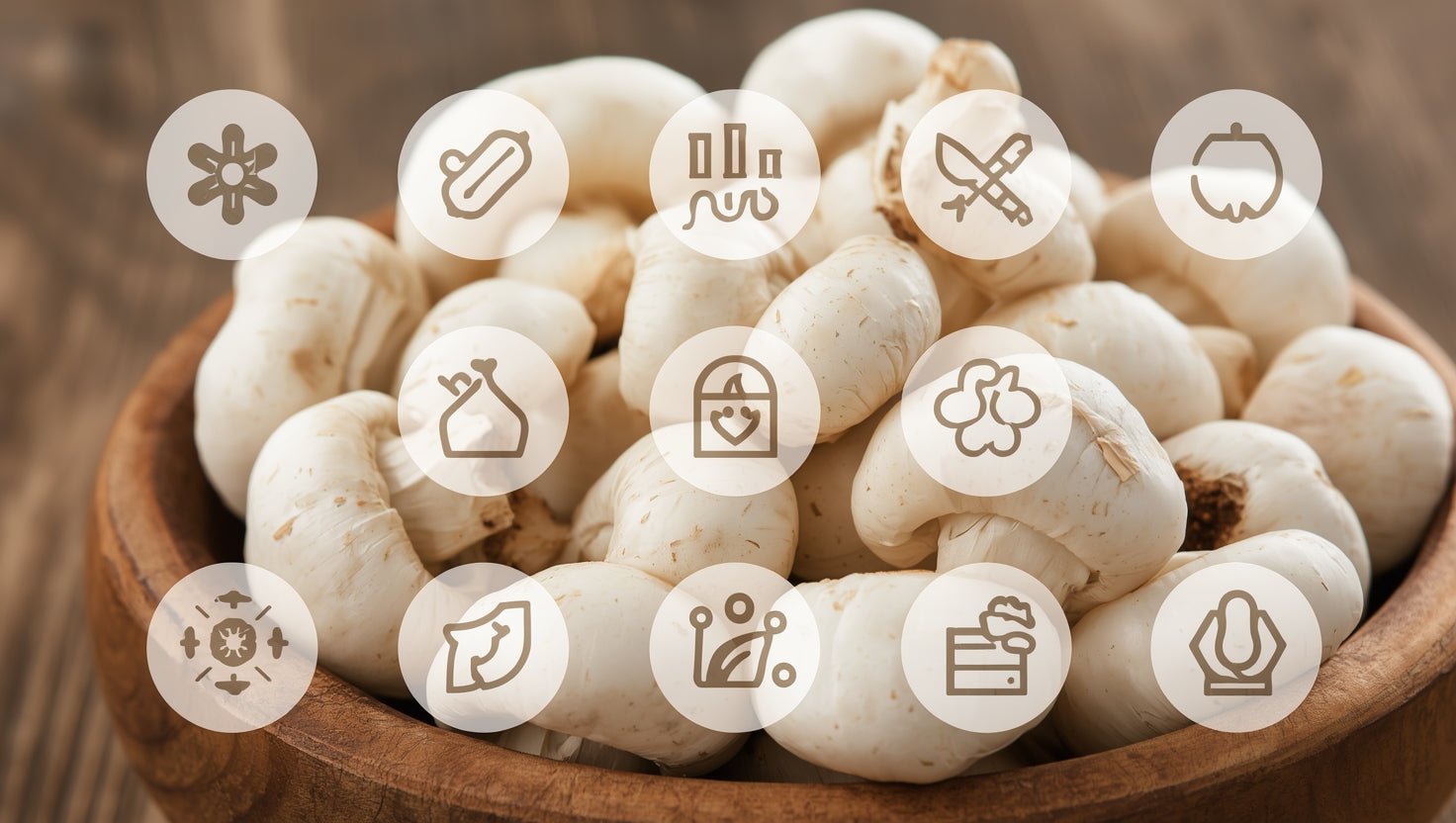
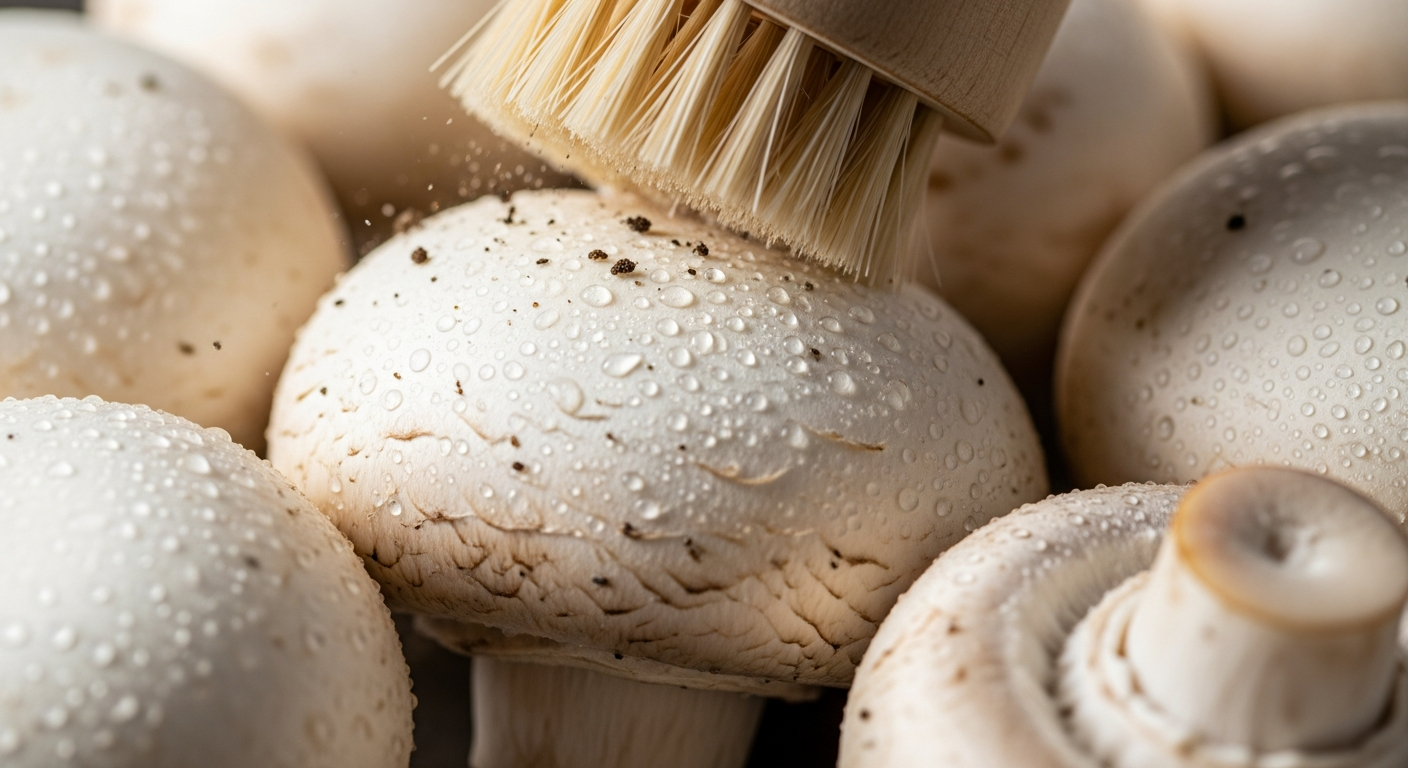
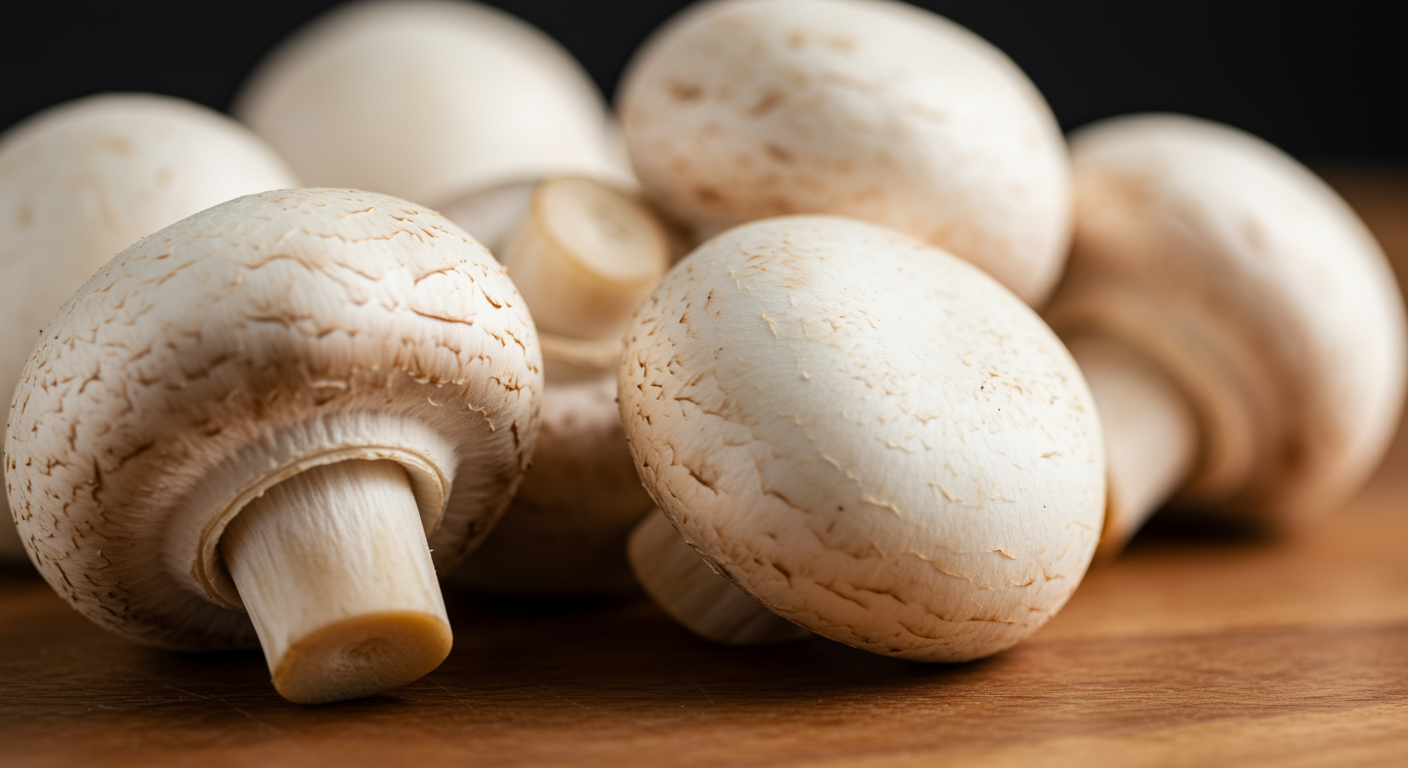
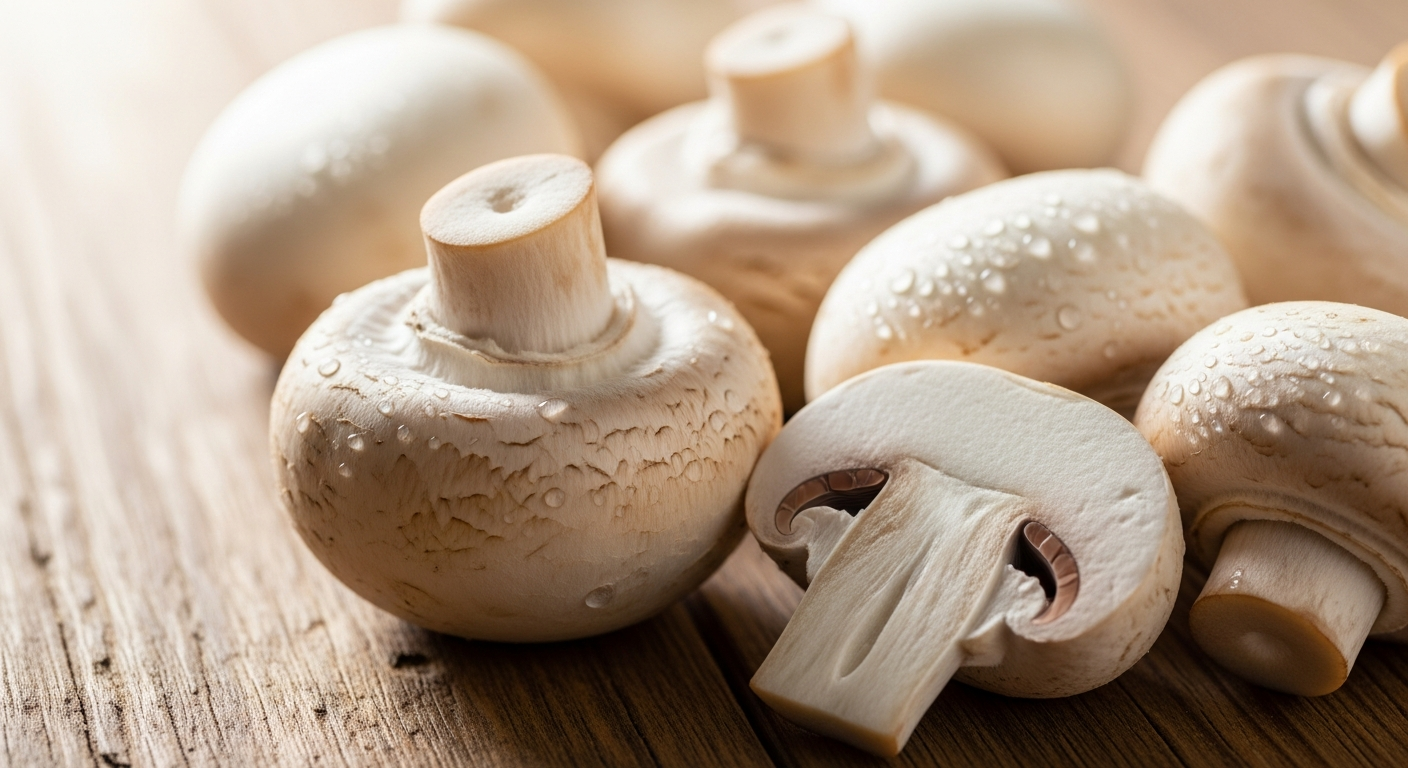
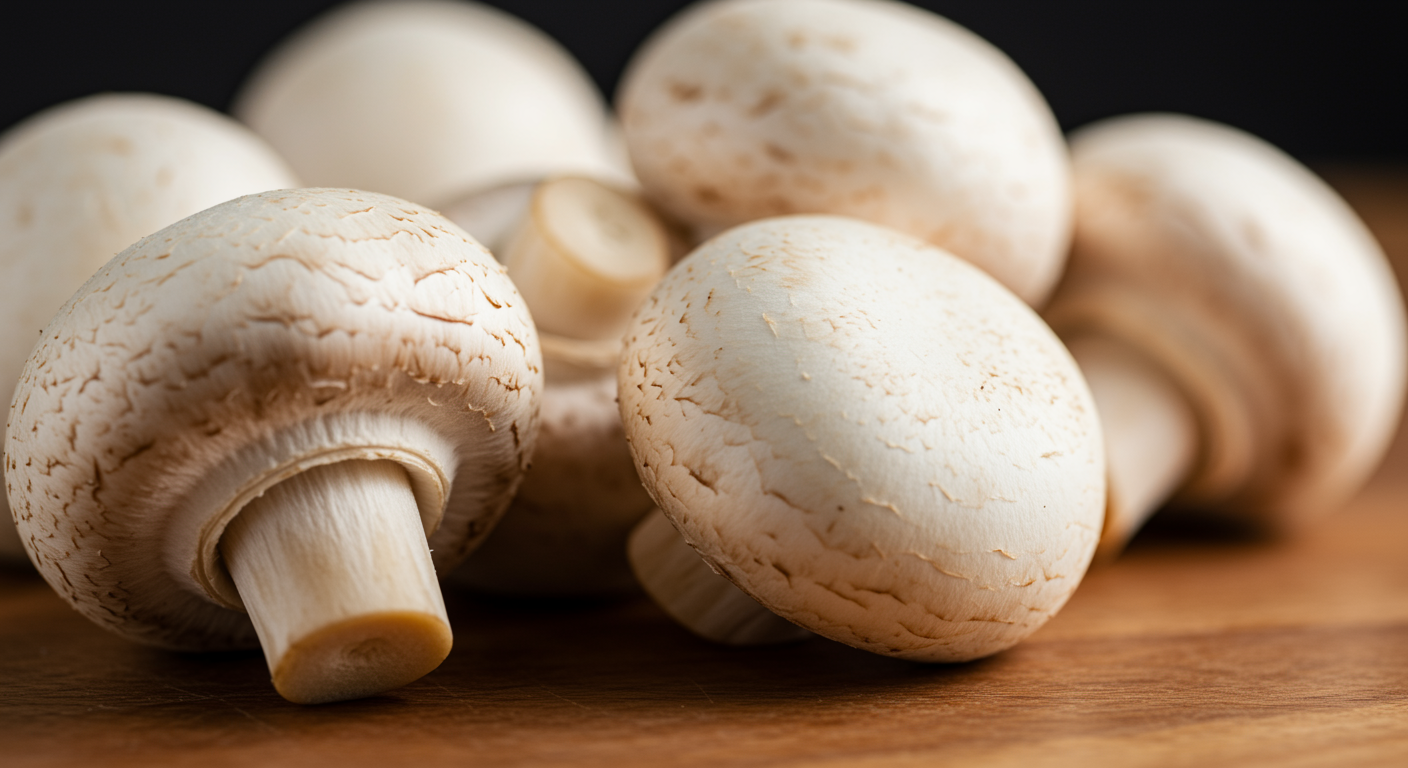
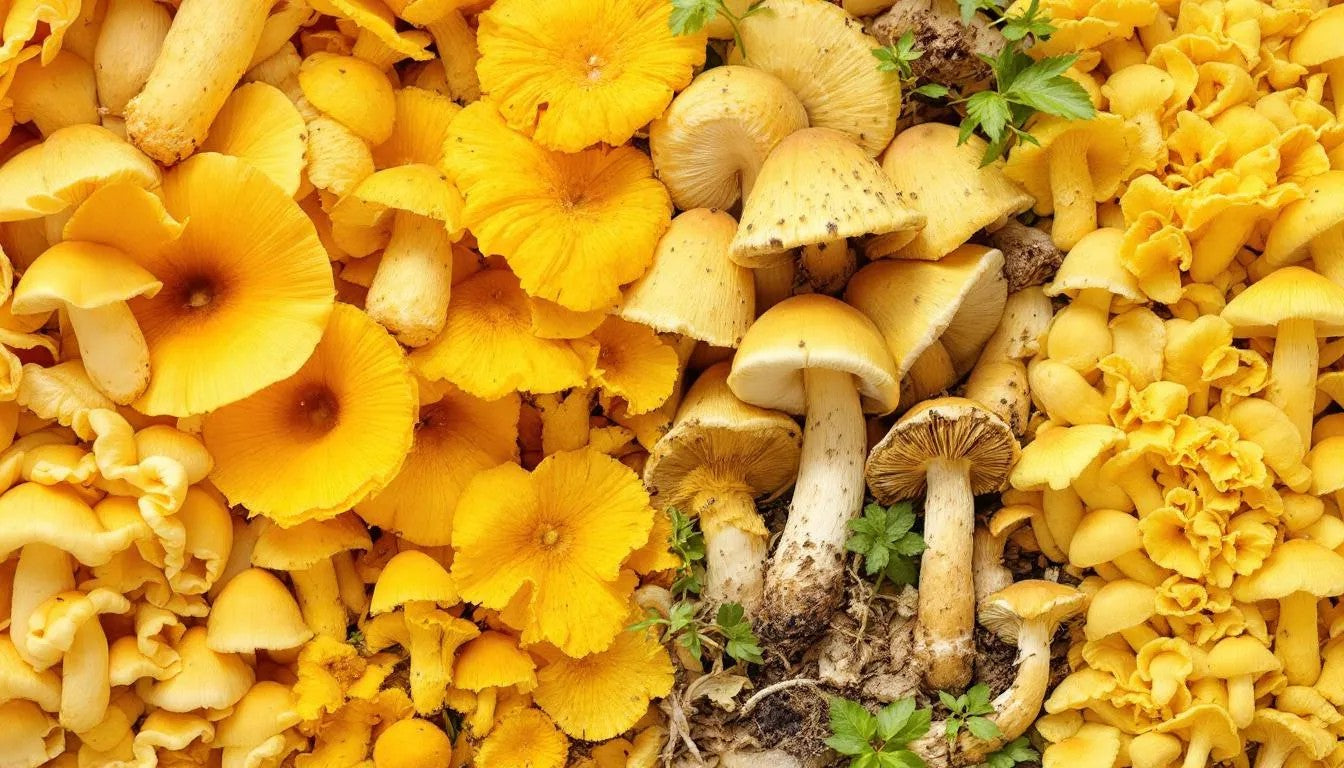

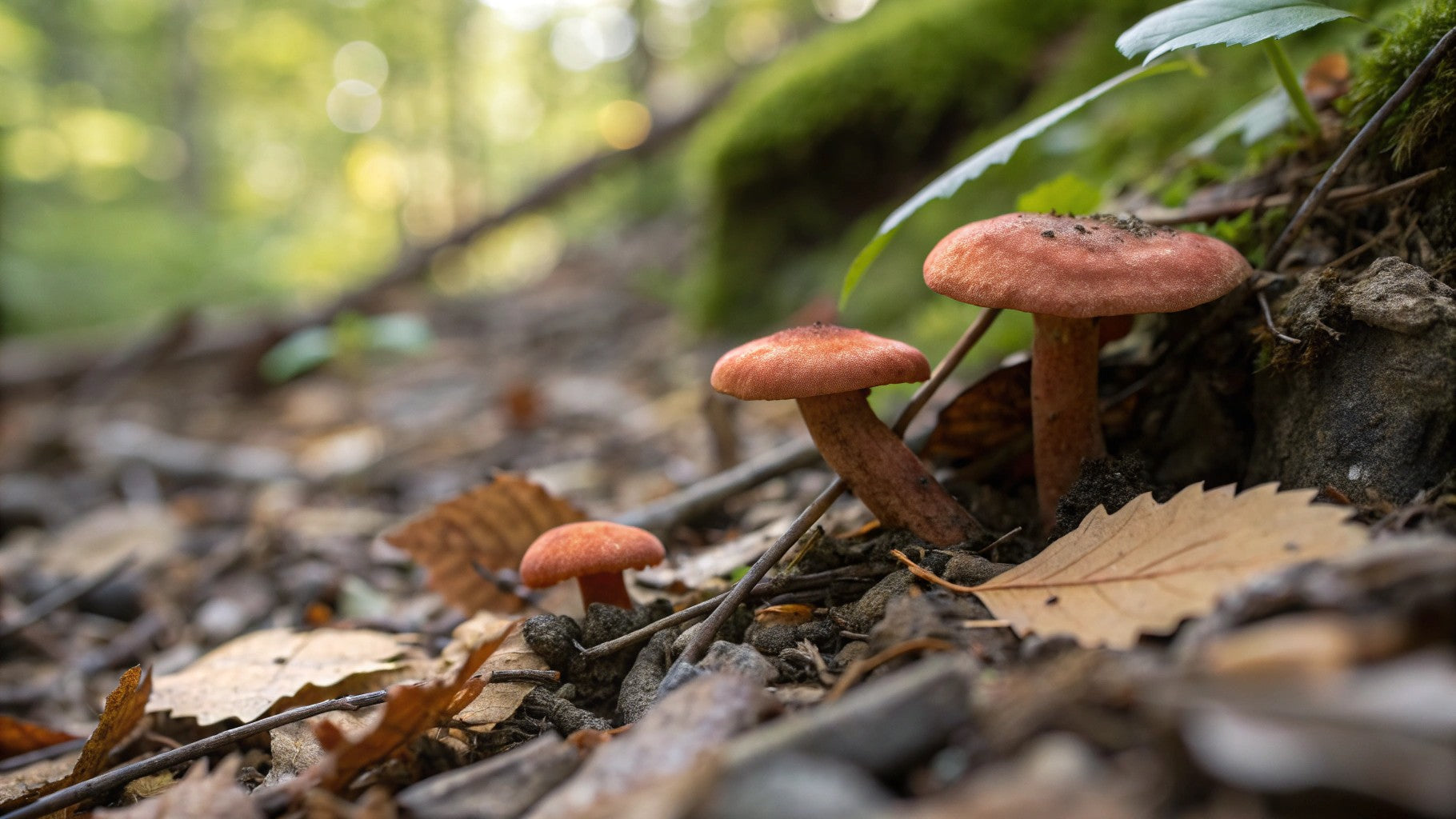
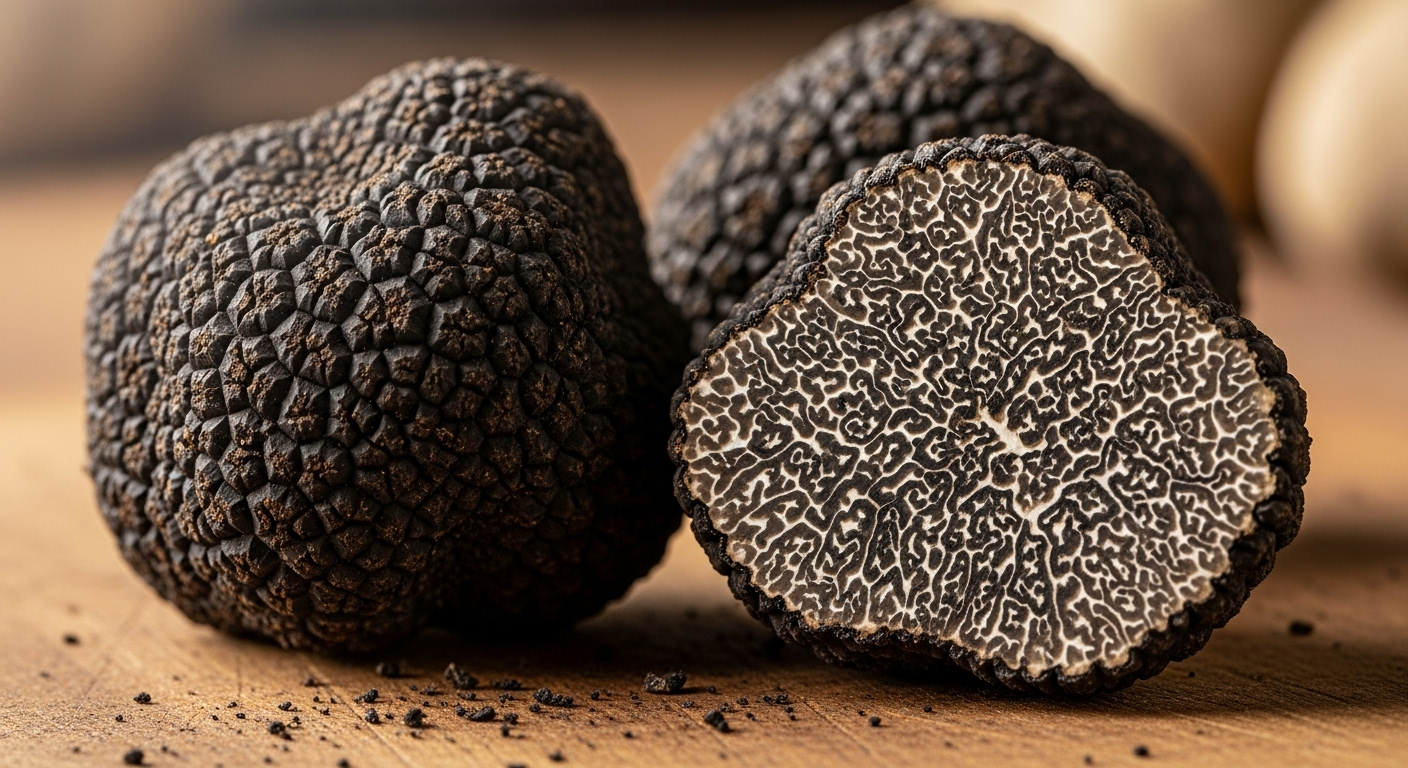
Share:
How to Cook Turkey Tail Mushrooms Perfectly: Easy Steps for Best Results
How to Use Turkey Tail Mushrooms Effectively: A Complete Wellness Guide